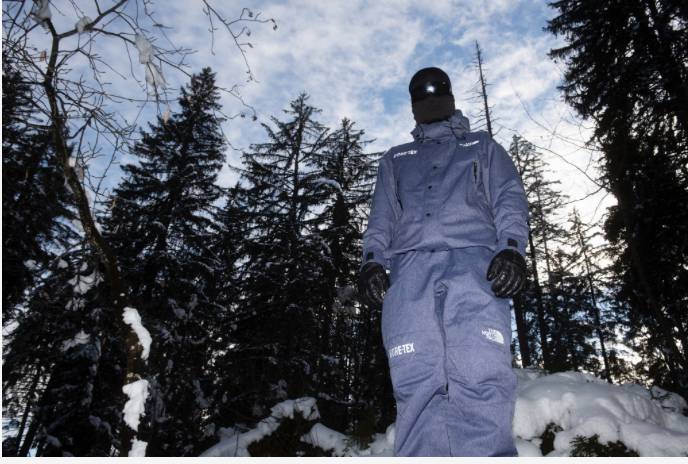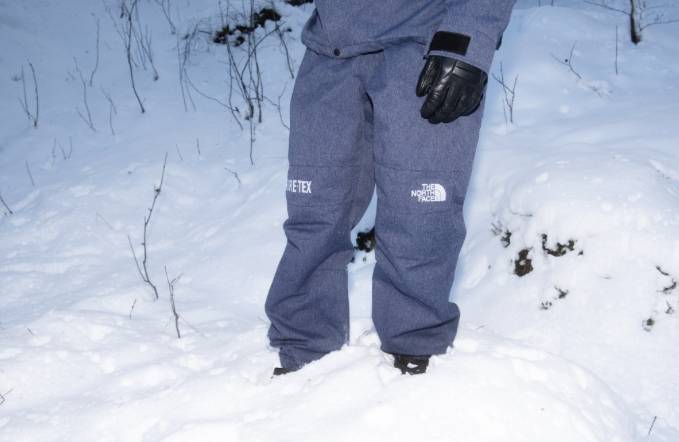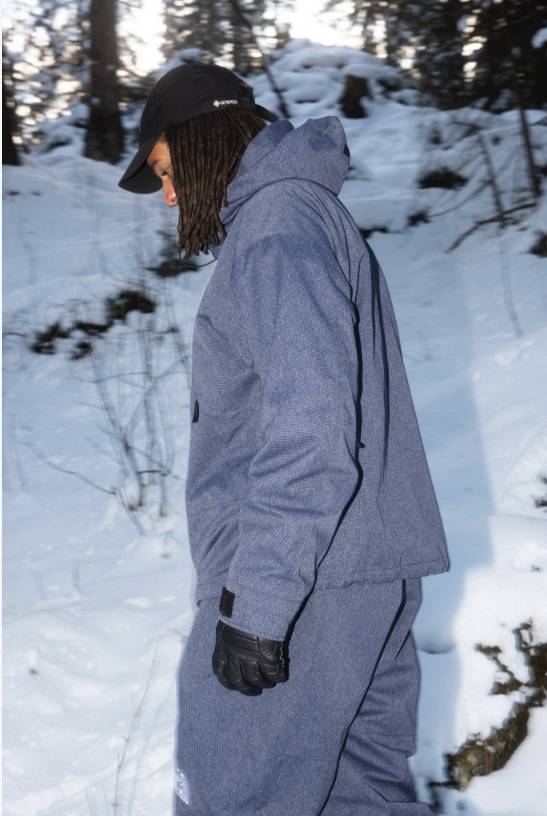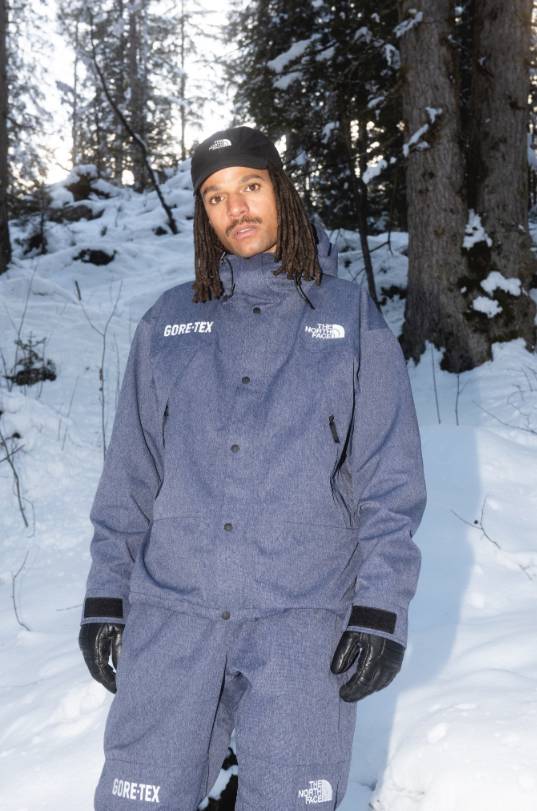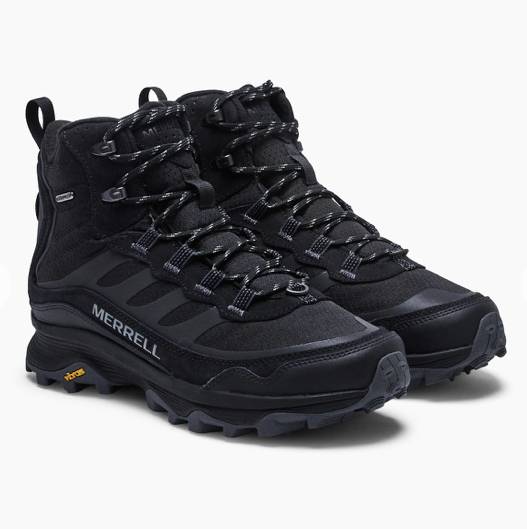 Many employees are now lucky enough to benefit from a flexible approach to their work and life balance. Household brands like Zoom, Amazon and Disney are among the companies offering tailored working arrangements or a structured hybrid approach that suits their staff members’ individual needs.
Many employees are now lucky enough to benefit from a flexible approach to their work and life balance. Household brands like Zoom, Amazon and Disney are among the companies offering tailored working arrangements or a structured hybrid approach that suits their staff members’ individual needs.
With many employees keen to take advantage of the chance to work from the office on a more frequent basis to interact with their colleagues face-to-face, ensuring they are wearing comfortable and practical footwear may be the last thing on their mind.
However, experts have warned that the choice of footwear someone opts for during commutes and a day in the office could actually be hindering work productivity, and may even lead to future health issues in the future.
With this in mind, John Johnston, Head of E-Commerce at Workwear Express, the UK’s leading provider of Workwear clothing, has outlined why sensible footwear is so important, regardless of the workplace one may frequent on a weekly basis, and discusses the associated long-term and short term risks to employees’ health below.
What are the risks associated with wearing impractical footwear to work?
“The average construction worker walks a reported 1,600 steps an hour on-site, with nurses walking more than 4 miles in a typical 12-hour shift. Therefore, it cannot be underestimated how important the need for comfortable and practical footwear in the workplace is, as it can bring all sorts of associated risks to employees’ health and well-being.
“What many may not realise is that these podiatry risks apply to every kind of job, including office workers, or even those jobs that don’t require workers to do a lot of walking in a typical day.
Here are just some of the potential risks associated with wearing impractical footwear at work:
 They can cause painful foot problems such as bunions, blisters and corns
They can cause painful foot problems such as bunions, blisters and corns
“In some circumstances, impractical shoes such as heels, tight or pointy shoes can cause blisters, corns and bunions.
While in the majority of cases, these will clear up on their own and only cause discomfort and possible pain, bunions carry the risk of longer-term medical complications, and can continue to worsen the longer you wear shoes that aren’t appropriate for your feet. According to the Royal College of Podiatry, bunions are more common in women, with about one in six (15%) across the UK suffering due to the more restrictive footwear they typically wear. Bunions can cause joints to bend, as your muscles get pushed out of position, leading to pain in the foot and surgery in a lot of cases needed to correct them.
They can cause lower back pain, leg fatigue and muscle stiffness
“Uncomfortable or impractical footwear can also cause an employee to suffer with lower back pain, especially if their job requires them to be on their feet for a significant part of the day.
“As feet are the foundation of our body, when we wear shoes to work that don’t support them properly, it can cause an imbalance to the way that our body absorbs the energy that is generated when you walk or run, causing your spine to become misaligned. When these misalignments happen it can cause muscle spasms, stiffness and fatigue, reducing our range of motion.
“Jobs that require you to wear heels, are a specific cause of lower back pain or muscle stiffness, due to their style and shape, and the fact that you are placing an extreme amount of pressure onto the front part of your foot when standing or walking. When you do this it causes your lower back to move forward slightly, meaning that your posture changes completely, and the natural curve of your spine shifts.”
 It can hinder productivity and cause distraction.
It can hinder productivity and cause distraction.
“Alongside the risk of possible short and longer-term injuries, wearing shoes that prove uncomfortable or impractical for a role can actually reduce employee efficiency. This is because when we are weighed down by shoes that are heavy or painful, you will navigate around your workspace more slowly and less efficiently than usual.
“As well as this, when you wear painful footwear your stamina and energy can decrease, meaning that you are productive for shorter periods of time, and distracted by any pain or discomfort that you may be experiencing.
They can increase the chances of injury or falls in the workplace
“Impractical footwear can also increase your chances of being injured during an accident at work. For example, wearing shoes that do not have sufficient grip on them may mean that you slip, trip or fall more easily, while open-toe shoes may mean that you are more likely to sustain an injury if something were to fall or land on your feet.
Tips for choosing practical footwear for work
• Consider comfort – First and foremost when picking shoes for work, you should consider whether they are comfortable or not, especially if you have to be on your feet for long periods of the day. Try to choose shoes that are cushioned well so that your feet are comfortable all day, and so that they can help absorb the shock of energy that you get when you walk or exercise.
 • Think about the fit – As well as comfort you also would want to think about the fit of your shoes. Make sure to avoid tight shoes where possible in this scenario, as they can increase the pressure on your feet, which affects the alignment of your spine. To check this when buying shoes make sure there is wiggle room for your toes, or if you’re really unsure ask a shoe salesperson to measure your feet and help you find the right fit of shoe.
• Think about the fit – As well as comfort you also would want to think about the fit of your shoes. Make sure to avoid tight shoes where possible in this scenario, as they can increase the pressure on your feet, which affects the alignment of your spine. To check this when buying shoes make sure there is wiggle room for your toes, or if you’re really unsure ask a shoe salesperson to measure your feet and help you find the right fit of shoe.
• Make sure you know what level of protection you need for your job – While this will vary from person to person, it is important when picking shoes for work that you consider what kind of protection you need for the kind of work. For example, do you need shoes that will prevent you from getting an electric shock in high-voltage electricity areas?
• Wear footwear that has durability – You might also want to think about how durable your shoes will be for the job that you do. If you work in an industry where your shoes will get a lot of wear and tear or you are moving around a lot, consider shoes that will stand the test of time, as broken shoes can also lead to workers sustaining injuries more easily.
 For those of us who snack after
For those of us who snack after  Many people believe carbs are the cause of weight gain but that may be the biggest misconception about dieting. Carbs are essential for a sports diet as
Many people believe carbs are the cause of weight gain but that may be the biggest misconception about dieting. Carbs are essential for a sports diet as  There are an increasing number of athletes who are adopting a vegan diet, from tennis legends such as the Williams sisters, to British racing driver Lewis Hamilton.
There are an increasing number of athletes who are adopting a vegan diet, from tennis legends such as the Williams sisters, to British racing driver Lewis Hamilton.  Just as athletes need more protein, salts play a significant role in a sports diet too. You need more sodium if you sweat regularly as it helps maintain body fluid balance and keeps you hydrated.
Just as athletes need more protein, salts play a significant role in a sports diet too. You need more sodium if you sweat regularly as it helps maintain body fluid balance and keeps you hydrated. In response to this, Vanessa Peat, Performance Nutritionist & Co-Founder of
In response to this, Vanessa Peat, Performance Nutritionist & Co-Founder of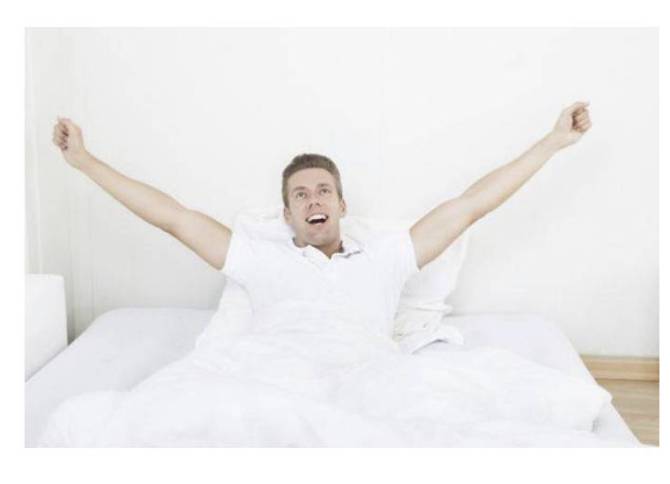 The Internet’s most Googled question relating to sleep is, “How can I fall asleep faster?”, according to new research.
The Internet’s most Googled question relating to sleep is, “How can I fall asleep faster?”, according to new research.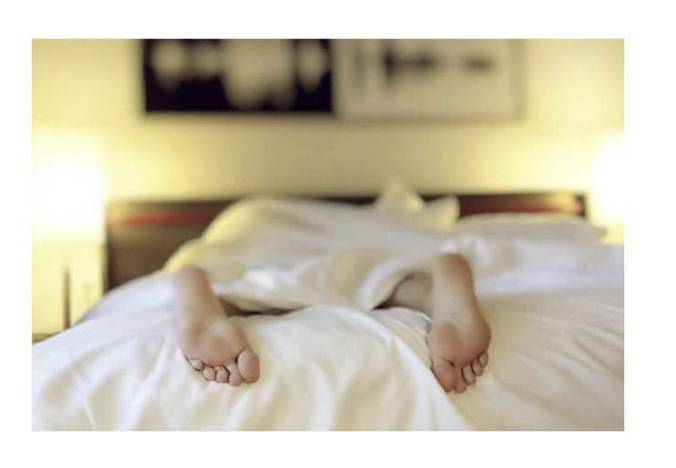 1. “How can I fall asleep faster?” – 215,000 monthly global searches.
1. “How can I fall asleep faster?” – 215,000 monthly global searches. 2. “How much sleep do you need?” – 105,000 monthly global searches.
2. “How much sleep do you need?” – 105,000 monthly global searches. 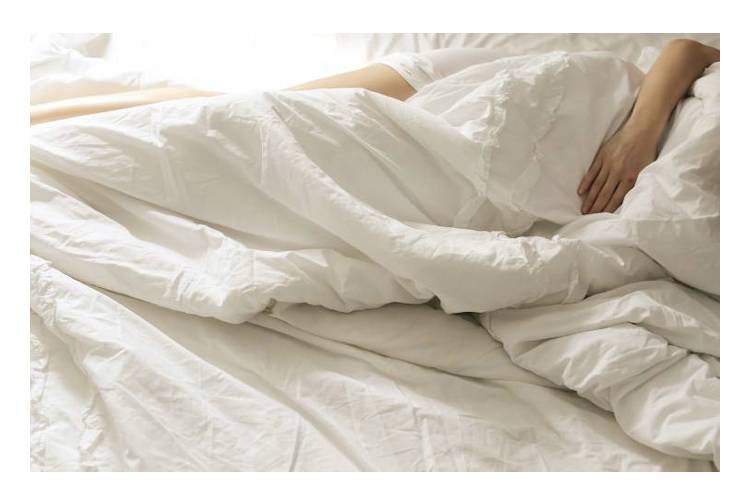 3. “What is sleep paralysis?” –
3. “What is sleep paralysis?” – 4. “Why can’t I sleep?” – 89,900 monthly global searches.
4. “Why can’t I sleep?” – 89,900 monthly global searches. 5. “What is sleep apnoea?” – 80,900 monthly global searches.
5. “What is sleep apnoea?” – 80,900 monthly global searches. Buying a home can be a stressful and overwhelming process — from managing finances, dealing with legal stuff to finding the perfect property.
Buying a home can be a stressful and overwhelming process — from managing finances, dealing with legal stuff to finding the perfect property.




